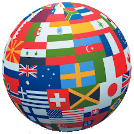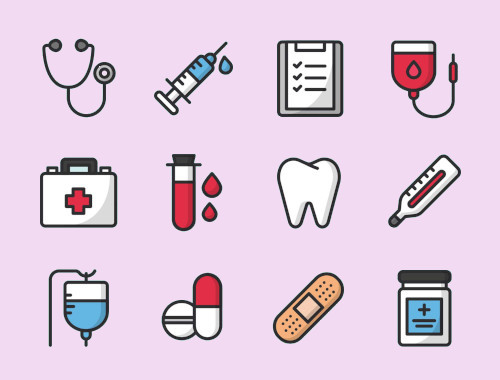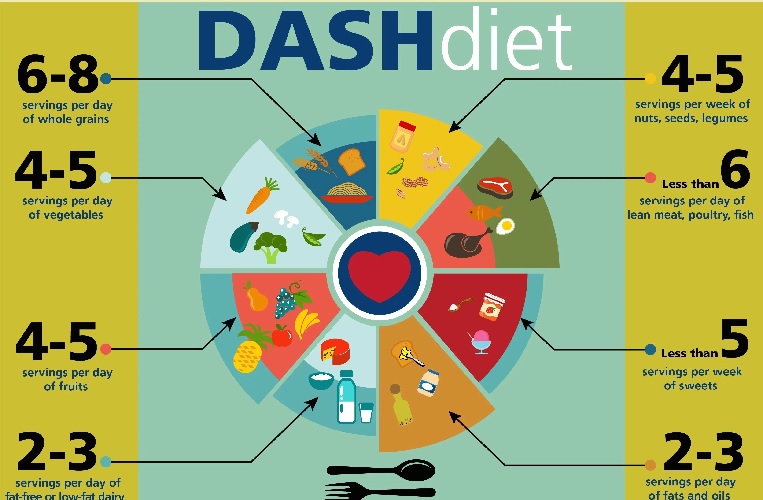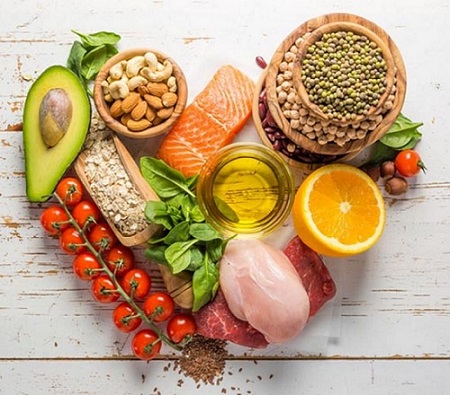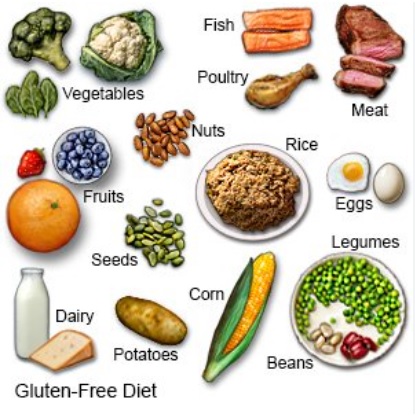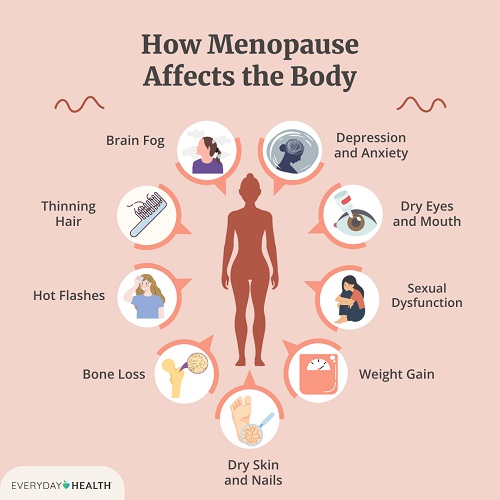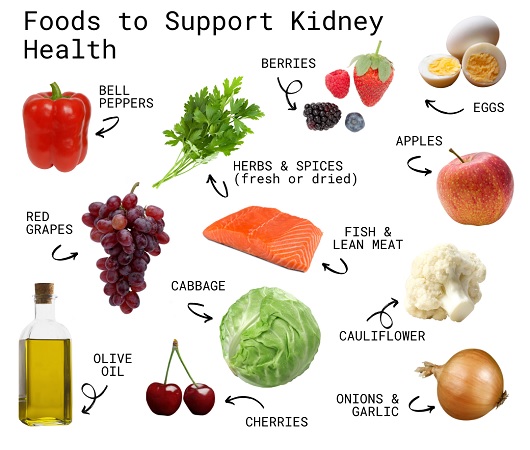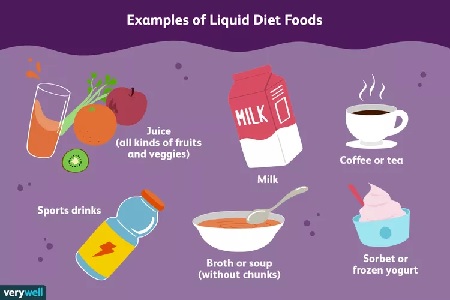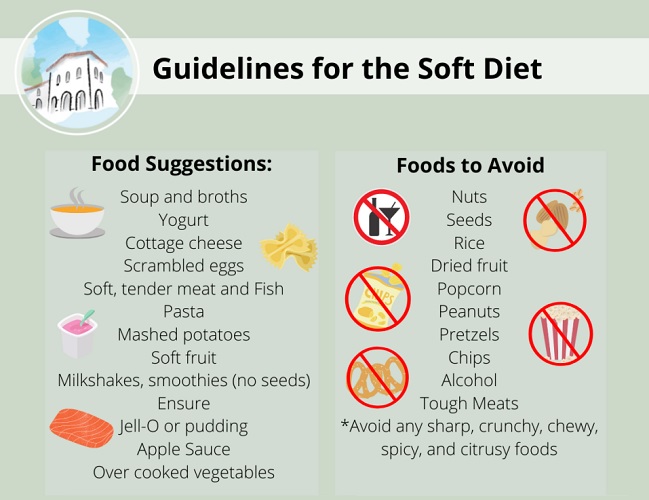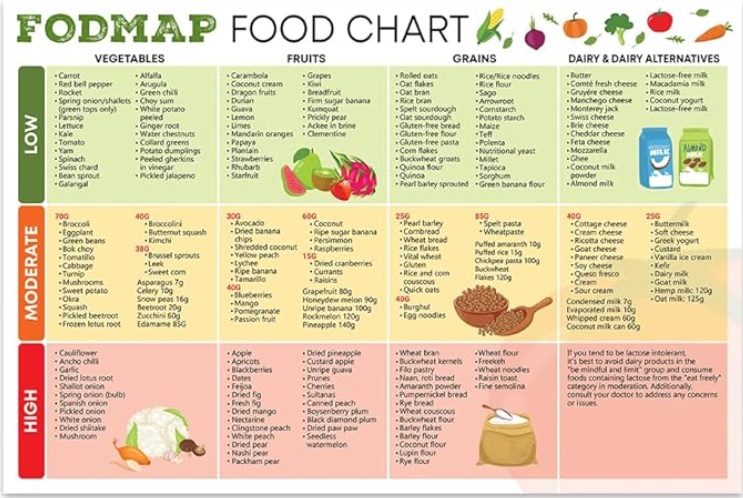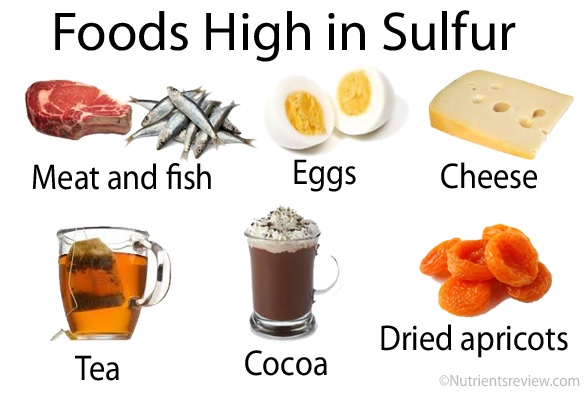-
DASH Diet
DASH (Dietary Approaches to Stop Hypertension) diet is a special eating plan to lower blood pressure.
DASH Diet plans are rich in fruits, vegetables, whole grains, low-fat dairy, and lean protein. Foods high in salt, saturated fat, and added sugar are limited or even excluded from DASH Diet.
-
Diabetics Diet
Most of diets designed for diabetics are based on low-carb, high-fiber, lean protein, good oils nutritional plans combined with some form of interval eating / fasting.
Keto, Atkins, Mideterranian, Low Glycemic Index (Low-GI) - these are some popular diet names you can find in diebetics diet list.
-
Gluten-Free Diet
Main goal of all gluten-free diets is to create meal plans that eliminate foods with a gluten, a protein found in wheat, rye, and barley.
Meat, Fish, Poultry, Eggs, Beans, Oils, Dairy and some gluten-free grains (like quinoa, rice, and corn) are allowed in this diet.
-
Menopause Diet
The menopause and perimenopause diet is a special eating and lifestyle plan to mitigate the symptoms, promote weight management and overall well-being of any person in manopuusal phase.
In addition to general advantages, a healthy diet during menopause can help with symptoms and reduce the risk of heart disease and osteoporosis.
In its core, a menopause diet is similar to the to the highly rated Mediterranean, DASH and Flexitarian diets well-known for their plant-based approach
rich in fruits, vegetables, whole grains, beans, nuts and legumes, with addition of seafood, lean meat, eggs, low fat dairy and healthy fats.
-
Healthy Kidney Diet
This group of diets aimed to regulate a kidney health through the special meal plans,
designed to low the blood pressure as well as to low kidney inflamation caused by food.
Excessive salt, processed sugar, excessive spices, alcohol and other kidney irretants are excluded from Healthy Kidney Diet.
Lean protein, healthy oils and non-starchy vegetables, anti-inflamation drinks (especially, unsweetend cranberry juice) and
food reach in anti-oxidants are welcomed in Healthy Kidney Diet.
-
Liquid Diet
A liquid diet is a meal plan made of fluids and foods that don't require chewing (are liquid at room temperature).
The main medical goal of liquid diet is to promote the healing of digestive tract, that is everything from your mouth and throat to your colon and rectum.
Water, whole-fruit- and vegetable- juices, milk and milk-shakes, yogurt, kefir, broth and soups are a few examples of food used in liquid diet.
-
Soft Diet
A soft diet, also known as a bland diet or edentulous diet, consists of foods that are easy to digest, low in fiber, and soft in texture.
Similar to a Luquid Diet, the main goal here is to include easy to swallow, less chewing foods into a daily meal plans.
Soft Diet meal plans include all food from Liquid Diet with addition of soft meals like mashed potatoes, cottage cheese, tofu etc.
-
Low-FOADMAP Diet
A low FODMAP diet is a temporary, restrictive diet that aims to help people with irritable bowel syndrome (IBS)
and other digestive conditions, like small intestinal bacterial overgrowth (SIBO), by identifying and eliminating foods that cause digestive issues.
The diet is based on the idea that certain sugars, called FODMAPs, can cause intestinal distress.
Foods to avoid in low-FODMAP diet include all fructose-rich foods (apples, pears, mangos, watermelon, honey, agave syrup), polyols (sugar alcohols),
lactose-rich food (milk, yogurt, ice-cream). legumes (beans, lentis, chikpeas) as well as, so-called, fructant veggies (broccoli, onions, garlic, asparagus)
and grains (Rye, Wheat).
The diet has three phases: 1) an elimination phase, 2) a reintroduction phase and 3) a maintenance phase, individually adjustable for every person.
-
Low-Sulfur Diet
Low-Sulfur Diet is a temporarily, restricted meal plan that aims to reduce a risk of some health conditions / symptoms
(flushing, digestive discomforts, and wheezing), linked to excess of sulfur in our bodies.
Currently there is no scientific evidence neither for nor agains Low-Sulfur Diet.
Always consult with your primary care doctor and dietitian before starting this diet.

